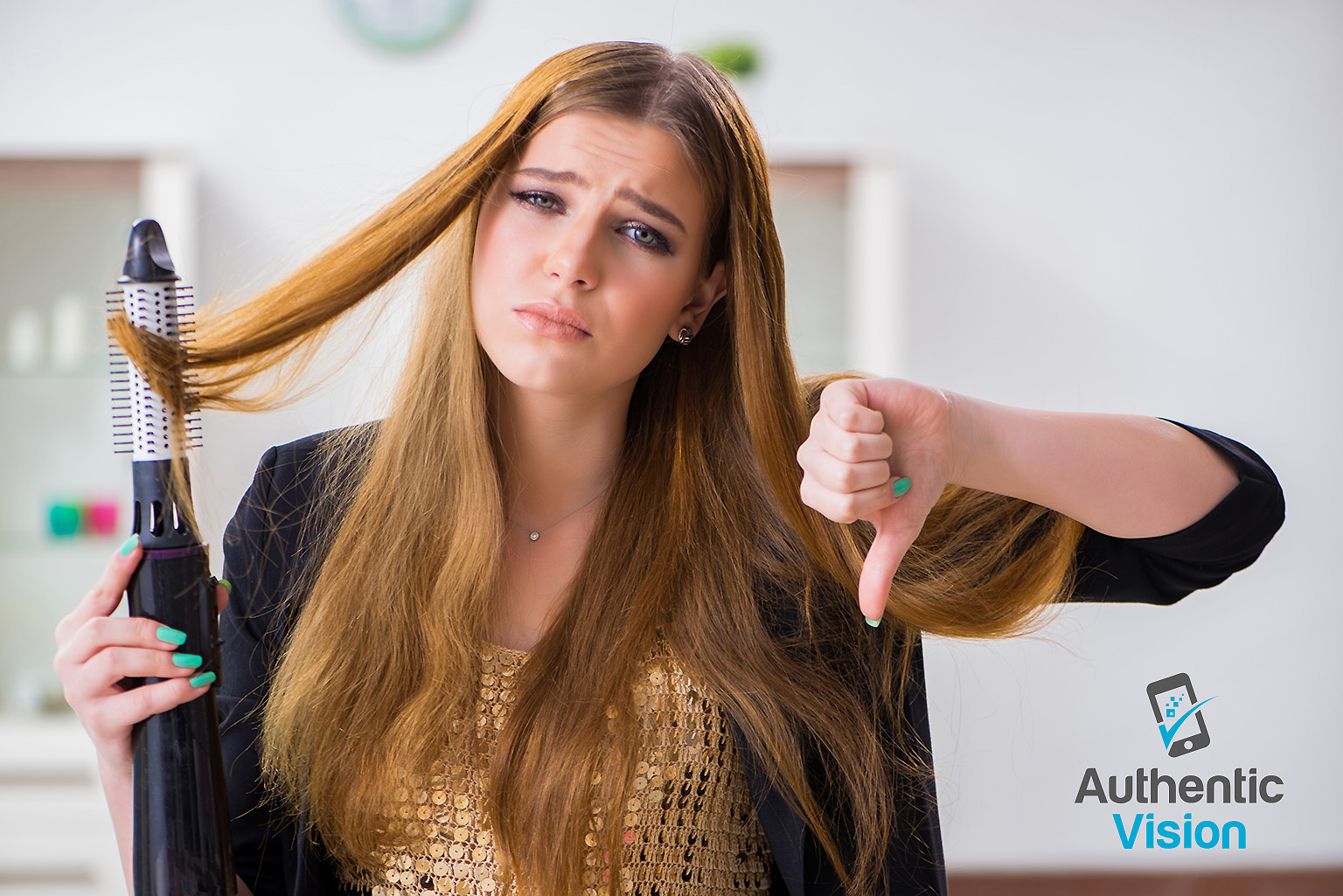A Hairy Problem For Health And Beauty Products Manufacturers: The Increasing Sophistication Of Counterfeiters And Their Fake Products
With DIY and at-home beauty care on the rise, counterfeiters see an opportunity to benefit – they’ll copy your products, steal your profit, and damage your brand.
Salzburg, Austria. April 22, 2020: With a significant portion of the globe under social distancing and stay-at-home orders, many consumers are faced with taking care of all of their personal grooming and beauty needs. Combined with the temporary closure of many health and beauty businesses considered non-essential, DIY beauty care has suddenly become the norm.
Salons have responded by posting helpful DIY videos on the video-sharing websites, including Instagram, Facebook and YouTube. YouTube even created a list of curated DIY beauty experts to help consumers adjust to this new craze. The market for professional, high-end beauty products is booming across every product category. These dynamics have created a demand for at-home beauty products that both authentic and counterfeit manufacturers have noticed.
Counterfeiters are stepping up their game.
Amid this new at-home and DIY beauty trend, counterfeiters see an opportunity to copy manufacturer’s products and sell them to unsuspecting consumers and in the process, stealing your company’s profits and damaging your hard-earned reputation for innovative and high-quality products.
Former generations of fake products were easier to identify by consumers. And while consumers have become increasingly aware of the obvious signs of a counterfeit product such as copycat logos, typos on product literature, packaging anomalies, and missing product accessories, consumers can still be duped until the fake product breaks. Or worse.
The new breed of counterfeits appears perfect to the naked eye – often mimicking both packaging and product appearance. These counterfeit beauty tools are sold through fake websites that pose as legitimate, authorized sales channels.
Consumers may only recognize they’ve purchased a counterfeit after they’ve fried their hair or the cordless curling iron exploded while charging. Even then, some consumers might think that they bought an original item and will file a warranty claim or lawsuit against the manufacturers of the original product. This poses a severe threat to renowned brands.
What can manufacturers do to protect their products, brands and profits?
Recognizing the threat of counterfeit products, some companies offer their customers a sort of checklist to use when shopping for their products. Bose and Dyson are two well-known brands that use this approach. Many companies provide a searchable list of authorized resellers. However, both of these approaches rely on the consumer to take action and offer limited protection against the online threats of advertising retargeting. Even reputable sites such as Amazon have been found to sell counterfeit products.
The search for a good deal might lead a consumer to a fake product, costing them and you a lot more than the authentic one: “Counterfeiters are becoming increasingly sophisticated, creating products almost perfect to the naked eye. These products are offered at market price, but sometimes 30 – 40% off the regular retail price, tricking customers into a great bargain – but the ‘beauty inside’ of fake products tells a different story,” says Martin Steib, an executive with Authentic Vision.
Established brands, such as Dyson, GHD, Chi, T3 and Drybar, focus on research and innovation, but equally on product safety and testing. Fake products, on the contrary, pose severe risks to consumers, including electrocution, severe burns and irreversible hair damage. They would never pass regulatory requirements and have not been tested to comply with all safety requirements. Counterfeiting is not a victimless offense; it often involves forced labor and organized crime.
How can manufacturers protect themselves?
Beyond providing consumers with the names of authorized resellers or checklists that can help them identify counterfeit products, there are steps that manufacturers can take to protect their customers. Tools such as product serialization, bar codes and micro-engraving can play a role in reducing counterfeits; however, each of these also has significant flaws. Serialization might help the manufacturer confirm that a product is authentic or counterfeit, but only after the customer has a problem and brings their issue to the manufacturer – long after the damage to the manufacturer’s brand and reputation. Bar codes and micro-engraving suffer from the same problem. And, none of these solutions provides consumers with peace of mind that they are purchasing a genuine product. More concerning is that these approaches are easily replicated by counterfeiters.
The best solution integrates the benefits of these approaches without the corresponding shortcomings. It would provide a visual indicator for the consumer during the purchase process, random serialization that counterfeiters can’t replicate, and an easy-to-use real-time authentication capability that ties individual items to a reference database unbeknownst to counterfeiters.
Real-time product authentication is the best solution.
Authentic Vision provides a solution that incorporates a patented holographic tag on each product item or its packaging that signals to consumers they are purchasing a genuine product. An easy-to-use app, named CheckIfReal, allows consumers to verify product authenticity with a simple scan of the label. The real-time authentication assures customers they are buying an authentic product. The app and the real-time verification provide the most potent deterrent to counterfeiters. Real-time analytics provide manufacturers insights where counterfeiter are found, and opportunities to increase trust and engagement with consumers.
About Authentic Vision
Authentic Vision provides anti-counterfeiting and authentication technologies designed to protect your organization`s investments in product innovation, brand value and reputation while creating new opportunities to increase trust and engagement with consumers. The company`s unique Holographic Fingerprint™ tag, mobile authentication app and real-time analytics capabilities protect physical assets from counterfeiting and alert brand and product owners to potential fraudulent activity. Their anti-counterfeiting and authentication technologies help to minimize lost revenues and mitigate liability due to counterfeits and create new opportunities to engage with consumers through loyalty programs, incentives and future experiences that bridge the physical and digital. Visit AuthenticVision.com to learn more about their solutions, view case studies, download their consumer app or read the latest insights on how anti-counterfeiting and authentication technologies can help your organization.
Contact
Gernot Kalchgruber, Authentic Vision
Email: gernot.kalchgruber@AuthenticVision.com

